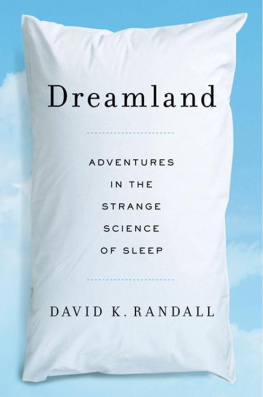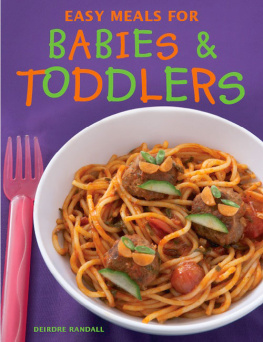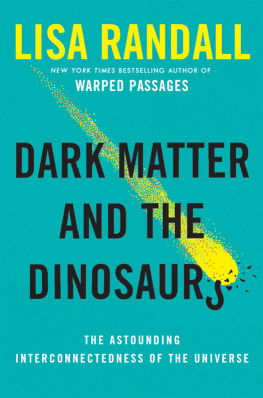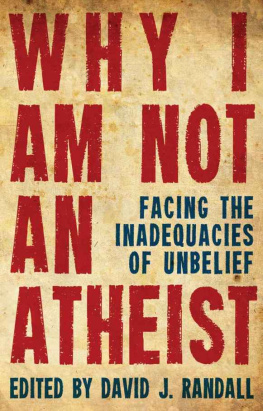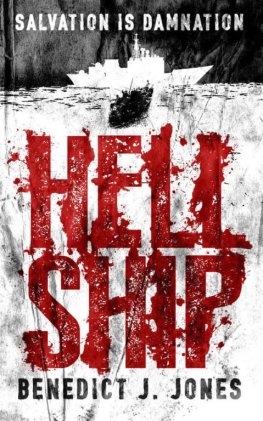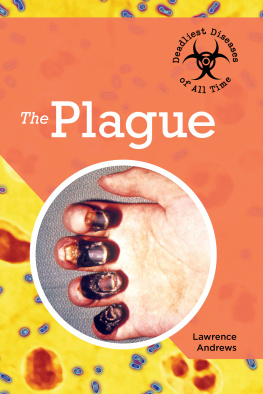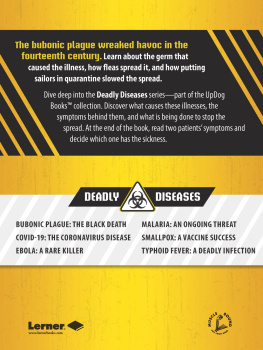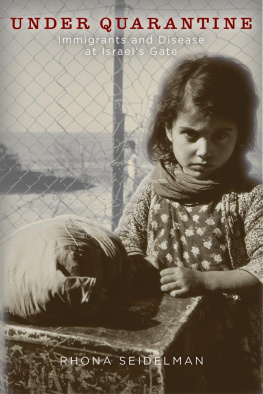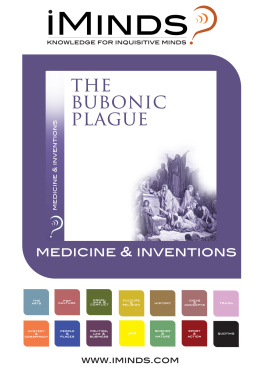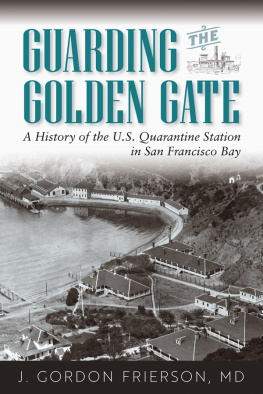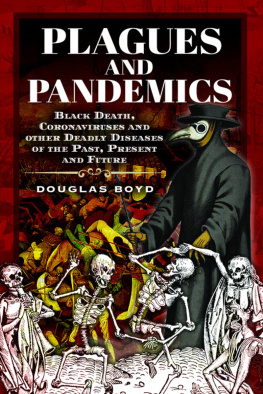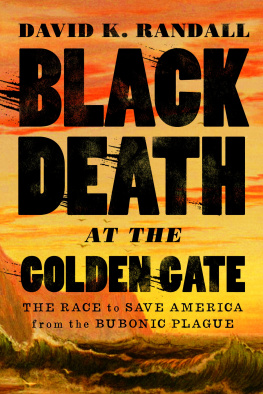Contents

BLACK DEATH
AT THE
GOLDEN GATE
BLACK DEATH
AT THE
GOLDEN GATE
THE RACE TO SAVE AMERICA FROM
THE BUBONIC PLAGUE
DAVID K. RANDALL

W. W. NORTON & COMPANY
Independent Publishers Since 1923
New York | London
ALSO BY DAVID K. RANDALL
Dreamland
The King and Queen of Malibu
Copyright 2019 by David K. Randall
All rights reserved
First Edition
For information about permission to reproduce selections from this book, write to
Permissions, W. W. Norton & Company, Inc., 500 Fifth Avenue, New York, NY 10110
For information about special discounts for bulk purchases, please contact
W. W. Norton Special Sales at specialsales@wwnorton.com or 800-233-4830
Book design by Chris Welch
Production manager: Lauren Abbate
The Library of Congress has cataloged the printed edition as follows:
Names: Randall, David K., author.
Title: Black Death at the Golden Gate : the race to save America from the bubonic plague / David K. Randall.
Description: First edition. | New York : W. W. Norton & Company, [2019] | Includes bibliographical references and index.
Identifiers: LCCN 2018055377 | ISBN 9780393609455 (hardcover)
Subjects: LCSH: PlagueCaliforniaSan FranciscoHistory20th century.
Classification: LCC RC176.C2 R36 2019 | DDC 616.9/23200979461dc23
LC record available at https://lccn.loc.gov/2018055377
ISBN 9780393609462 (eBook)
W. W. Norton & Company, Inc., 500 Fifth Avenue, New York, N.Y. 10110
www.wwnorton.com
W. W. Norton & Company Ltd., 15 Carlisle Street, London W1D 3BS
In memory of my father, Kenneth D. Randall,
the worlds greatest storyteller
Such was the cruelty of heaven that between March and July upwards of a hundred thousand souls perished. What magnificent dwellings, what noble palaces were then depopulated! What families became extinct! What riches and vast possessions were left and no heir to inherit them! What numbers in the prime and giver of youth breakfasted in the morning with living friends and supped at night with their departed friends in the other world!
Giovanni Boccaccio, The Decameron
O n the morning of December 8, 1899, Yuk Hoy, a forty-year-old bookkeeper, awoke in his bed to the flash of a high fever and a mysterious swelling in his thigh. Unable to do much more than mumble, he laid his head down and drifted in and out of sleep, largely ignored by the other men crammed into a windowless room of a two-story flophouse in Honolulus overstuffed Chinatown. Having arrived just weeks before from his native China, Yuk Hoy had few friends in the bustling city, and his absence over the following days went unnoticed at the general store on Maunakea Street where he worked. Only his increasingly frantic cries alerted others to the misery of his existence. Woken by his wails, a man named Fong, who lived on the same floor, stumbled in darkness to find him trembling in a litter of straw, his body quivering, as Fong would later describe it, like the branches of a tree in thunder and lightning gone crazy.
Fong lifted the man and made his way by moonlight along the unpaved streets of Chinatown to the office of Dr. Li Khai Fai on River Street one block away. Tall and fiery, Dr. Li was one of the few Chinese doctors trained in Western medicine that could be found in Hawaii, and he made little effort to hide his contempt for traditional Chinese healers whom he saw as clinging to a backward way of life. One of the few conciliations he made to what he regarded as superstition was to allow a friend to paint the table in the front room of his office deep red, the color of good luck. Other than that, his small office, only twelve feet across, was like that of any other Western-trained doctor, with a shelf full of books in English and a shiny brass spittoon by the front door.
Dr. Li was alone when Fong burst in and laid Yuk Hoy in front of him. The man was covered in feces and vomit and raved in apparent madness. Dr. Li struggled to hold his new patient still, all the while wondering how he was still alive. A finger to his wrist revealed a racing pulse, as if the body was facing an internal terror, while his forehead was so warm to the touch that Dr. Li fought the instinct to pull his hand away. When Yuk Hoy yelled, his screams sounded wet, as if emerging from below the sea. The mans skin, which days before had glimmered in the balmy Hawaiian sun, was pocked with black spots and open red sores, leaving the line between bodily tissue and the outside world an unsettled question. The lymph nodes in his thigh were so swollen that it looked as if his leg had been pumped full of air and was at risk of floating away. A mixture of blood and foam began leaking out of his mouth, a sign of ruptured blood vessels, and he soon fell into a coma from which Dr. Li knew he would never recover.
The doctor shuddered, wishing that what he saw before him was not real. He was one of only a handful of people then living in Hawaii who had seen the full power of the disease killing the man in front of him, and his knowledge had come at great personal cost. At the age of nine he had watched as his father, whose conversion to Christianity had led others in their village in southern China to call him a running dog of the white devils, came under attack by a mob that stoned him to death in the street. His mother fled with her four children to Hong Kong, and at the age of sixteen Li enrolled at the Canton Medical School, a school of Western medicine founded by an American doctor from Ohio. There he met his future wife, Dr. Kong Tai Heong, who in time would be at his side to witness death on a scale neither could have imagined.
Short where he was tall, reserved where he was loud, Dr. Kong was the physical opposite of her husband, yet she was widely seen as his intellectual superior. Left in a basket on the steps of a Lutheran mission in Hong Kong as an infant with nothing more than a pin bearing her name, she had grown up helping German nuns care for other children in her orphanage. They, in turn, helped her apply to the Canton Medical School. There she was known as the most brilliant student in her class, and, with Li, spent her off hours tending to victims of the epidemic ravaging Hong Kong that left hospitals reporting a 95 percent death rate. The pair graduated from medical school one June morning and were married in a Lutheran chapel the same afternoon. The following day they boarded a steamship headed to Hawaii, drawn by its promise of paradise after the hell they had seen. They entered Honolulu weeks later to the sound of cannon blasts, each one marking the islands celebration of the American Independence Day.
There was no doubt in Lis mind that the disease that he had prayed would never follow him had now come ashore. Since arriving in Honolulu, he had built up his practice ministering to poor Chinese immigrants who were suspicious of the small but powerful group of white merchants and missionaries who, two years earlier, had overthrown Hawaiis monarchy in hopes of American annexation. Any cooperation with the new government would be seen as a betrayal and put him at risk of meeting the same fate as his father. Despite that danger and the late hour, Dr. Li summoned Dr. George Herbert, an English physician who worked for the Board of Health. By the time he arrived, Yuk Hoy was dead. Dr. Herbert called in two other colleagues, and, with Dr. Li, prepared the examining table to conduct an autopsy in the small hours of the night.


